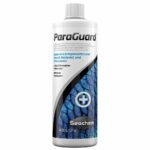
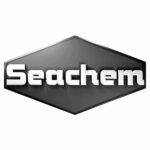
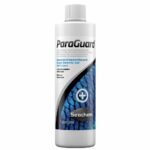
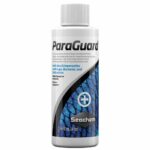
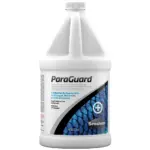
Seachem ParaGuard
R221 – R1544
- Fast Delivery
- 100% Safe & Secure Shopping
- Shipping all across South Africa
- All Prices Include VAT
- Peace of mind Quality
| Quantity | Price | Discount |
|---|---|---|
| 2 | 2% R217 | 2% |
| 3 | 3% R214 | 3% |
| 6 + | 5% R210 | 5% |
Seachem ParaGuard
Seachem ParaGuard is the only fish and filter-safe aldehyde-based (10% by weight) parasite control product available (for parasites on fish). Unlike highly toxic and difficult to use formalin based medications, Seachem ParaGuard contains no formaldehyde or methanol and will not alter pH.
ParaGuard employs a proprietary, synergistic blend of aldehydes, malachite green, and fish protective polymers that effectively and efficiently eradicates many ectoparasites (e.g. ich, etc.) and external fungal/bacterial/viral lesions (e.g., fin rot). It is particularly useful in “hospital and receiving tanks” for new fish and whenever new fish are introduced to a community tank.
Seachem ParaGuard is appropriate for treating a variety of parasitic infections of exotic fish. Below are some of the more common infections treatable with ParaGuard. Be aware that many diseases and infections share similar physical and behavioural symptoms, e.g. clamped fins, lesions, and loss of appetite.
ICH (White Spot):
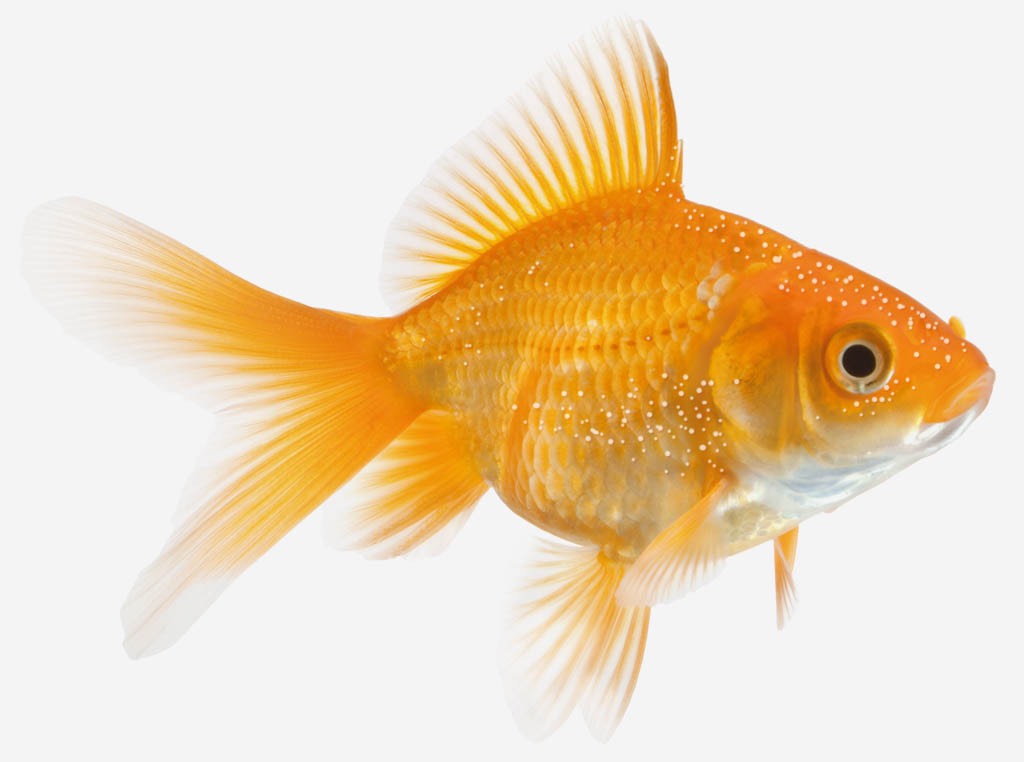
Ichthyophthirius (freshwater) / Cryptocaryon (saltwater)
Looks like salt sprinkled on the fish’s body and fins. Usually accompanied by twitching, flashing, and other signs of stress and irritation. Several parasites are grouped under this name, but the symptoms are almost identical. Ich is among the most common infections of fish and is entirely treatable with diligence and attention to water quality.
Suggested Treatment Period:
14 days in freshwater, up to 28 days in saltwater
Special Considerations:
It is very important with this parasite to continue dosing for the full treatment period. A break in the medication allows the parasite to multiply and reinfect the fish.
Velvet:
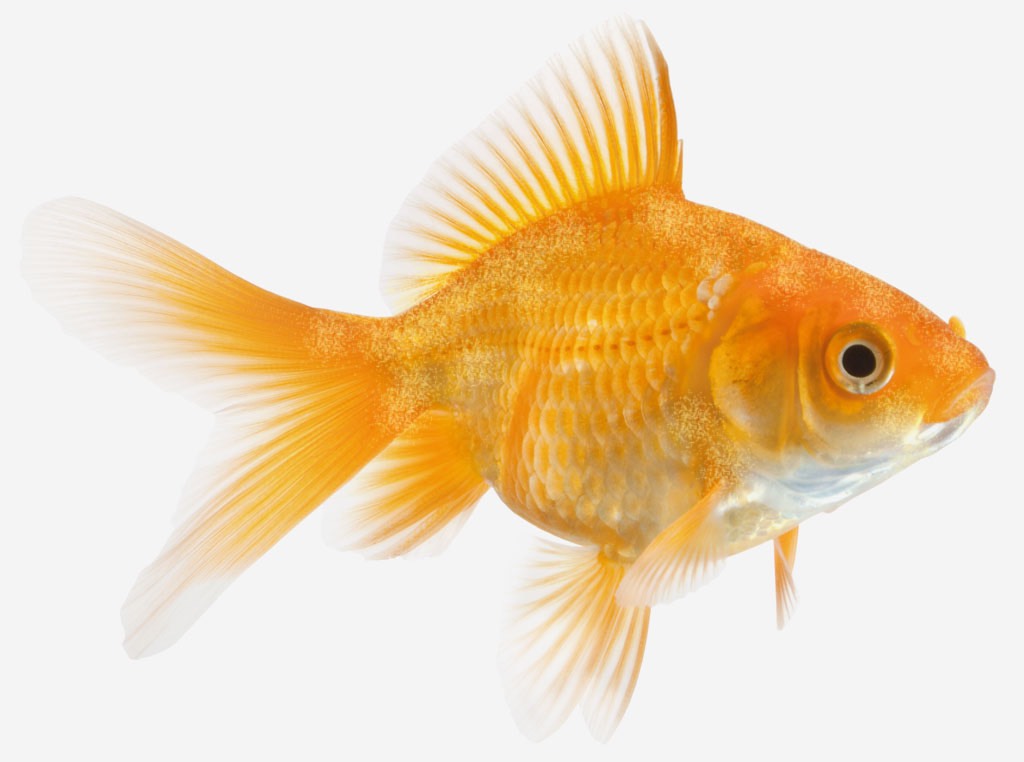
Piscinoodinium (freshwater) / Amyloodinium (saltwater)
Similar to Ich, but smaller and grey-gold. Most often seen in saltwater, but can occur in freshwater as well. Velvet is less common than Ich, but the treatment is almost identical. We see it more often in saltwater than freshwater.
Suggested Treatment Period:
14-21 days
Special Considerations:
Velvet is a photosynthetic parasite – it will help with treatment if you can turn off the lights while the fish are infected.
Fin Rot:
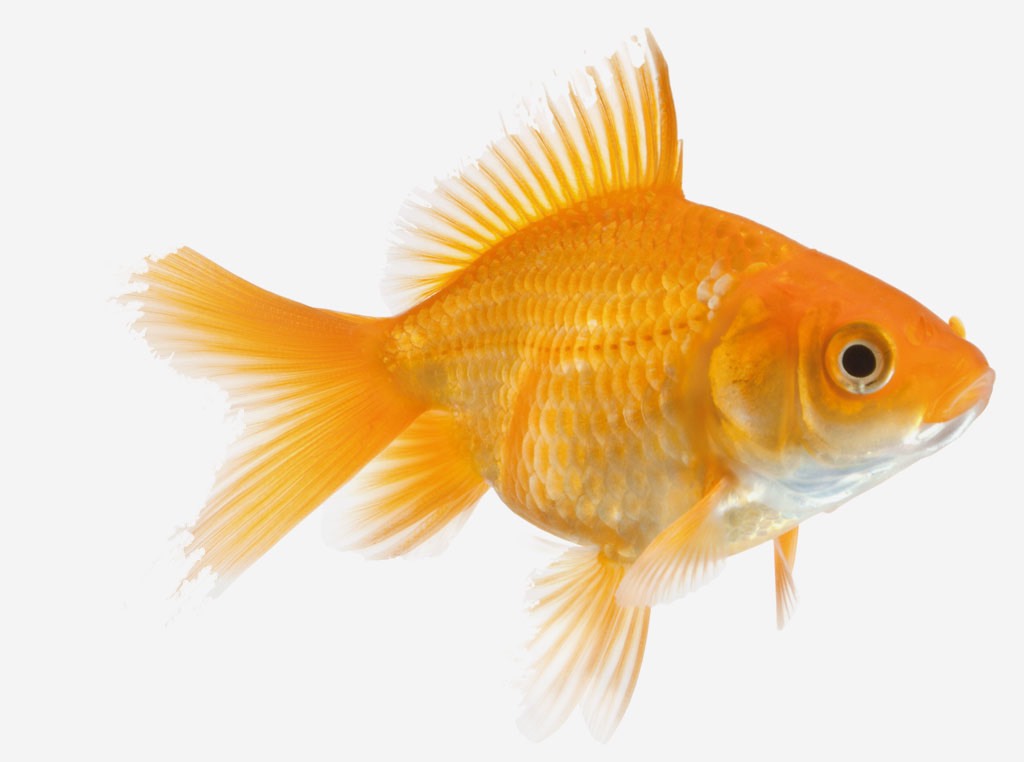
Bacterial infection
Fins appear shredded, frayed, or decaying. Fin Rot is frequently mistaken for damage from fin-nipping fish. Contrary to the name, this is actually caused by bacteria, not fungus.
Suggested Treatment Period:
7 days or until the infection clears
Special Considerations:
Fin Rot is often found as a secondary infection (that’s an infection that started because the fish was already sick). Make sure to check for additional infections.
Flukes (Gill & Body):
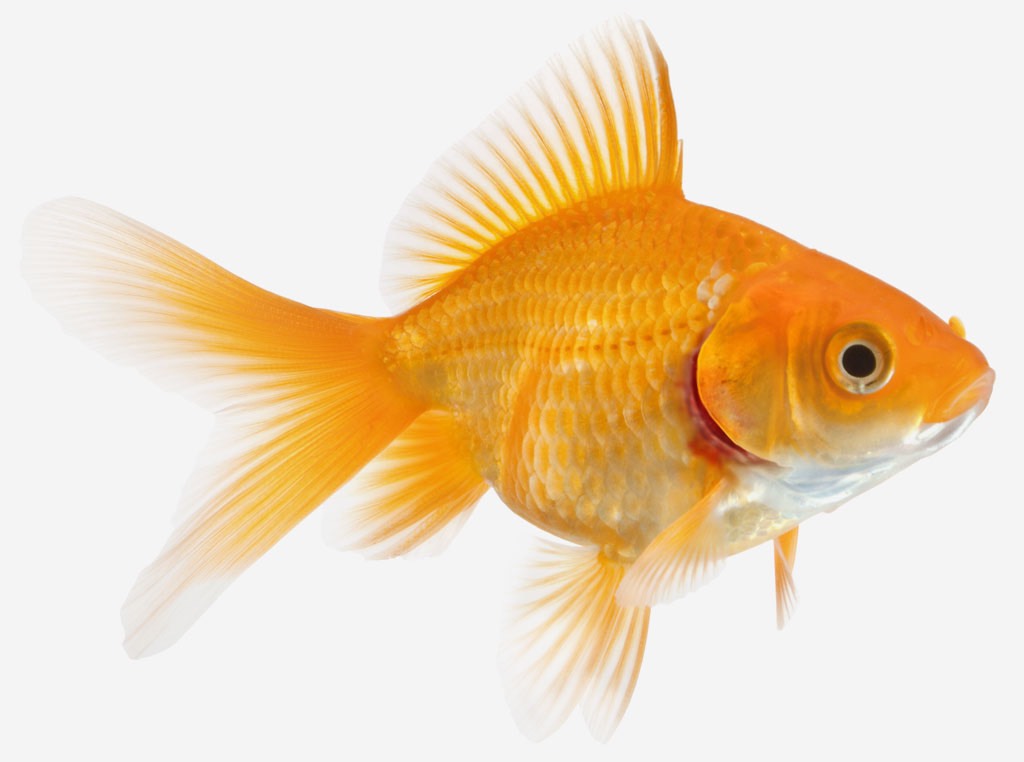
Dactylogyrus trematodes (skin) / Monogenenean trematodes (gills)
Fish appear sluggish, flash against rocks, and often gasp and show other signs of stress. It is difficult to diagnose flukes because you can not see the parasite itself until the advanced stages of infection. Look for gasping, irritated or red gills, excessive mucus production, twitching and flashing, and translucent spots (advanced infections)
Suggested Treatment Period:
14 days or until the infection clears
Special Considerations:
Dip treatments with Seachem ParaGuard helps in treating and preventing flukes, but keep in mind that this parasite spends part of its life cycle living in your water and substrate. You need to treat the entire tank in order to clear the infection.
Dosing:
Remove all invertebrates from the tank as well as any chemical filtration. Use 5 ml (1 capful) of Seachem ParaGaurd for every 40 L (10 US gallons). Repeat this dose daily as required as long as fish show no stress.
You can also use Seachem ParaGuard as a medicated dip. For 1 hour dips, use 3 ml per 4 L (1 US gallon) in a container separate from your main tank. You may extend the dip if the fish show no evidence of stress. Keep in mind that many diseases linger in the water as well as on the fish. Giving a fish a dip treatment does no good if they go right back into infected water.
Quarantine:
Seachem ParaGuard is gentle enough to use prophylactically (without visible symptoms) if needed. Quarantine times vary, but we generally recommend 2 weeks of treatment with Seachem ParaGuard to clear out any possible external infections.
Sensitive Fish:
Some fish are more sensitive to medications than others. Eels, loaches, rays, sharks, and many others are well known for their sensitivity to all kinds of medications. If you suspect that your fish may be sensitive to medications, it is just fine to start with a partial dose and build up to the full dose over several days.
Not recommended for reef aquaria. As an alternative, use Seachem’s MetroPlex.
WARNING! Do not eat, drink, or get into eyes! In case of eye exposure, promptly & thoroughly wash eyes with water & seek medical attention. Aquarium Use Only. Keep Away from Children. For ornamental fish only. Not for human consumption.
McMerwe’s Comment: Seachem ParaGuard contains no formaldehyde or methanol and will not alter pH [Rating 5/5]
| Weight | N/A |
|---|---|
| Dimensions | N/A |
| Size (50ml - 4000ml) |
100ml ,250ml ,500ml ,2000ml |
8 reviews for Seachem ParaGuard
Clear filtersOnly logged in customers who have purchased this product may leave a review.


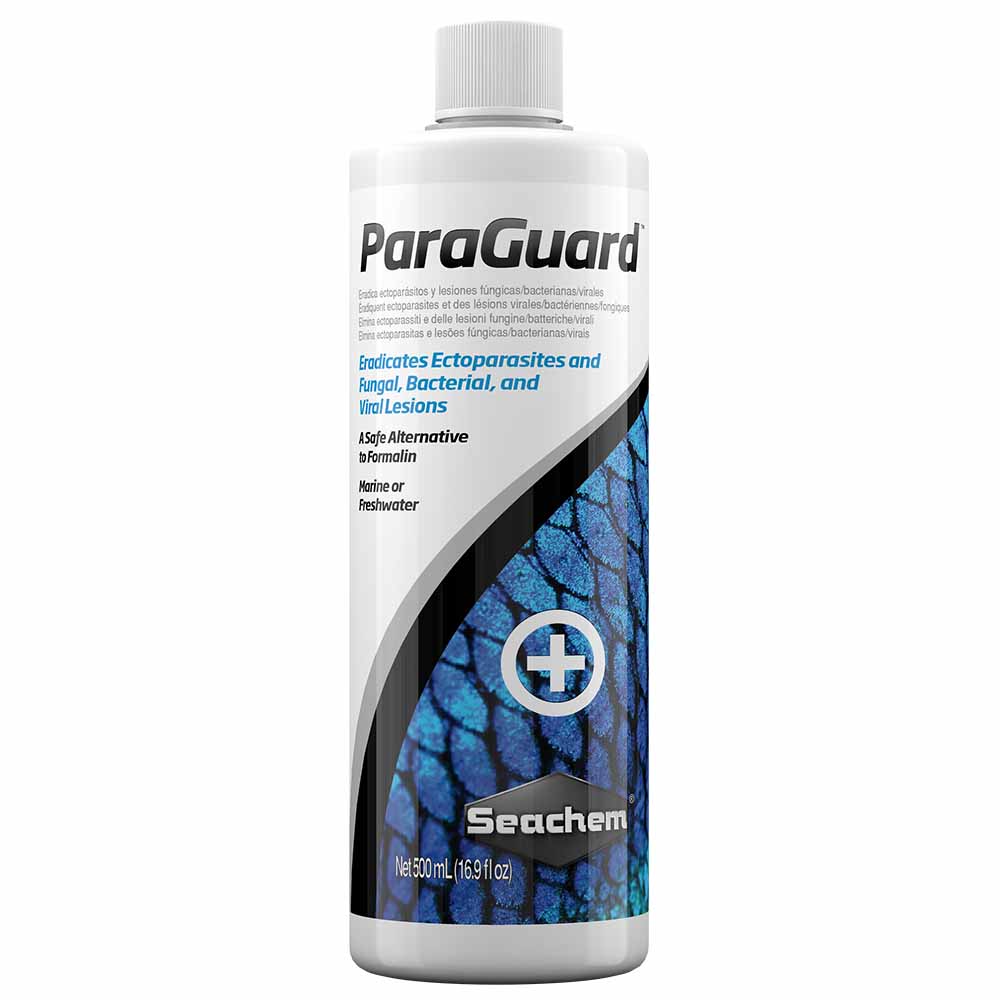
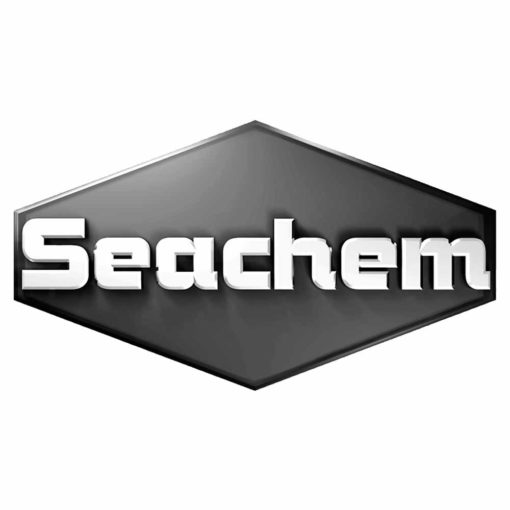
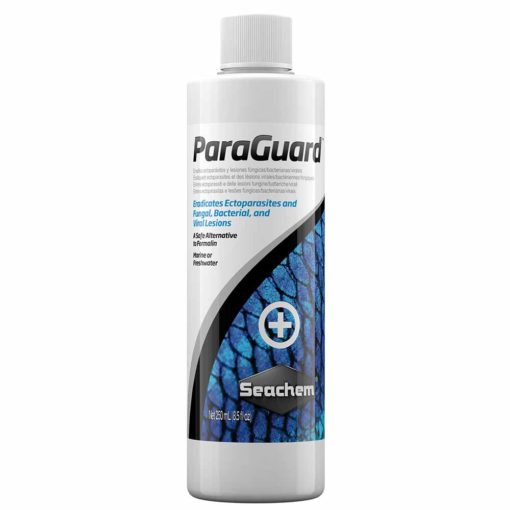
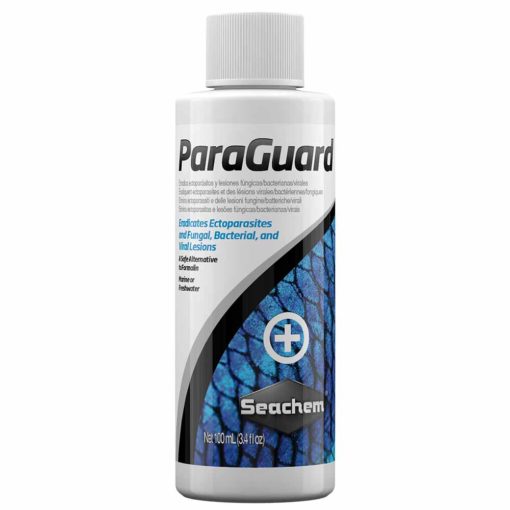
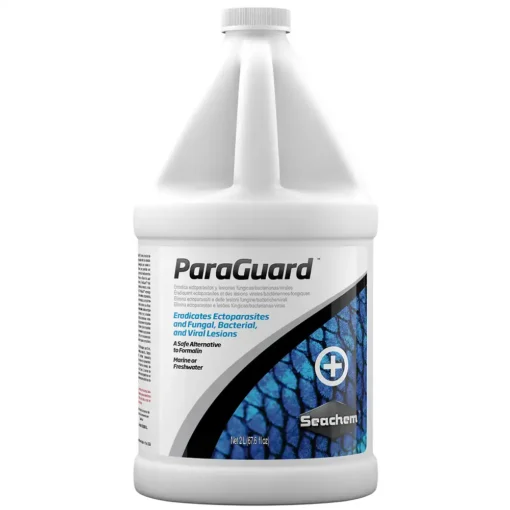

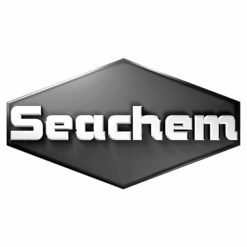
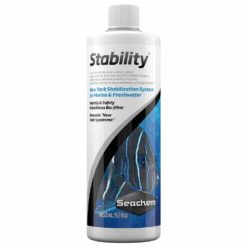

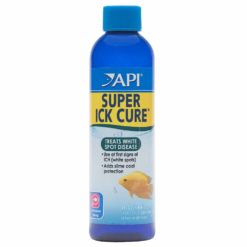
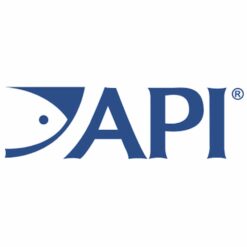
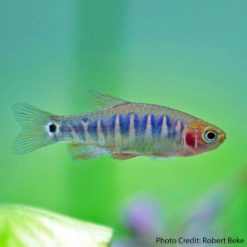

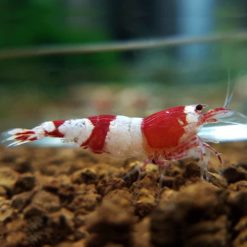
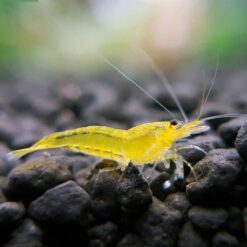
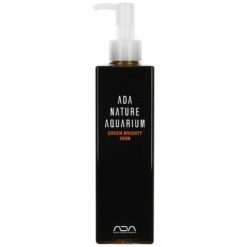
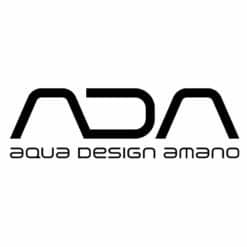
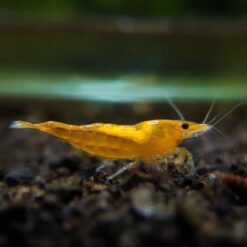
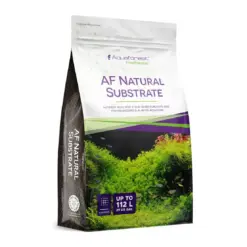
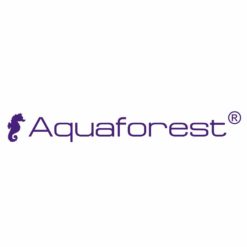
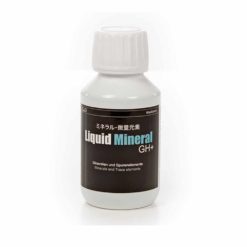
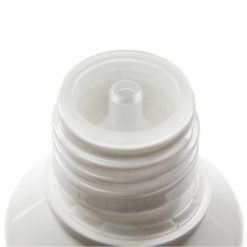
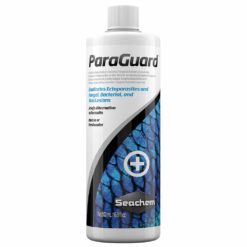
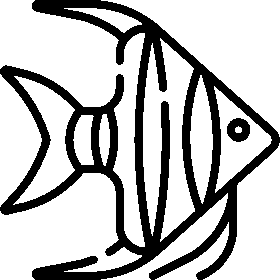
Verified owner alexisriebe27 (verified owner) –
Sadly, I followed the measurements on the back of the bottle and after putting this in my tank my fish died within 12 hours. I believe my fish were hyper sensitive and I should have done my own research on Glutaraldehyde before blindly following the label on this bottle…
Verified owner Roxanne van sittert (verified owner) –
I bought this to treat itch on my kuhli loaches, so far it’s done the job.
Verified owner FinAttic (verified owner) –
A must have medication for any serious fishkeeper. Great for quarantining new fish.
Verified owner Ellie’s Exotics (verified owner) –
It works well but it’s very potent. Not safe for shrimp so don’t use it in a community tank with invertebrates.
Verified owner pieter.bester13 (verified owner) –
Treat all my fish with this before adding to main tank
Verified owner mmiiaaggrrooeenn (verified owner) –
I used this in conjunction with Metroplex. So far I can’t complain. I’ve used it for a year or more, before introducing new fish, I would give them an hour dip in treated water and it seemed to work. All the fish are still happy and healthy.
Verified owner Rikus Ko (verified owner) –
Product definitely works. a must have for all fish owners.
The child proof safety cap is a problem. Could not open the bottle. Ended up using a syringe to extract the liquid.
Verified owner Ellene Verster (verified owner) –
This is an excellent product and it really works!